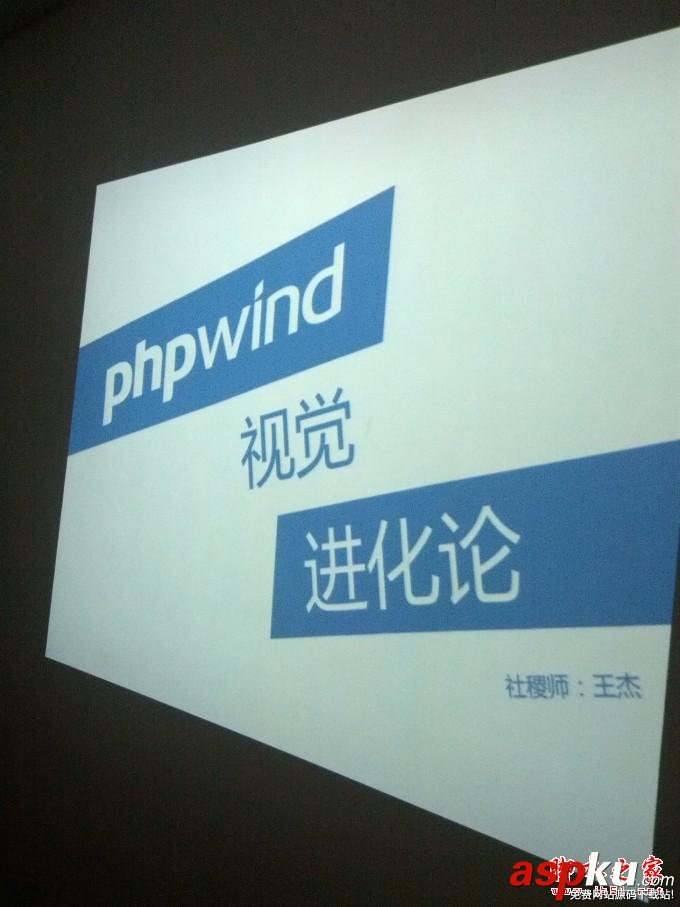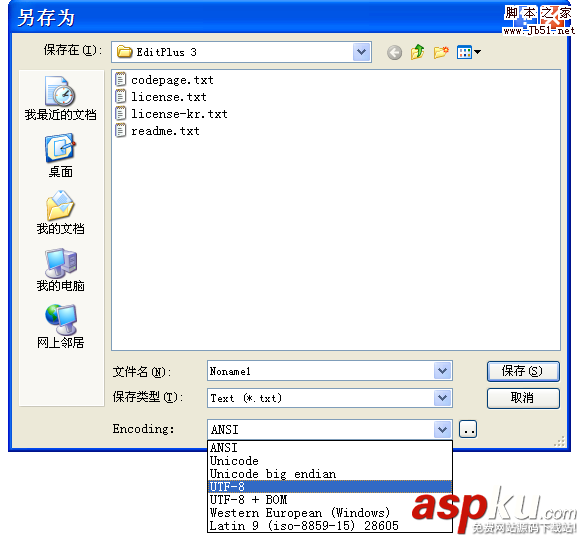先给大家展示下分页效果,如果亲们还很满意请参考以下代码。
在超链接中要保留参数
当使用多条件查询后,然后在点击第2 页时,这个第2页超链接没有条件了,所以会丢失条件,所以我们需要在页面上的所有链接都要保留条件!
我们要把条件以一个字符串的形式保存到PageBean的url中!这个任务交给Servlet!
pagebean
package cn.itcast.cstm.domain;import java.util.List;public class PageBean<T> {private int pc;// 当前页码page code//private int tp;// 总页数total pageprivate int tr;// 总记录数total recordprivate int ps;// 每页记录数page sizeprivate List<T> beanList;// 当前页的记录private String url;//它就是url后的条件!public String getUrl() {return url;}public void setUrl(String url) {this.url = url;}public int getPc() {return pc;}public void setPc(int pc) {this.pc = pc;}/*** 计算总页数* @return*/public int getTp() {// 通过总记录数和每页记录数来计算总页数int tp = tr / ps;return tr%ps==0 ? tp : tp+1;}// public void setTp(int tp) {// this.tp = tp;// }public int getTr() {return tr;}public void setTr(int tr) {this.tr = tr;}public int getPs() {return ps;}public void setPs(int ps) {this.ps = ps;}public List<T> getBeanList() {return beanList;}public void setBeanList(List<T> beanList) {this.beanList = beanList;}} jsp页面
第${pb.pc }页/共${pb.tp }页<a href="${pb.url }&pc=1">首页</a><c:if test="${pb.pc > 1 }"><a href="${pb.url }&pc=${pb.pc-1}">上一页</a></c:if><%-- 计算begin、end --%><c:choose><%-- 如果总页数不足10页,那么把所有的页数都显示出来! --%><c:when test="${pb.tp <= 10 }"><c:set var="begin" value="1" /><c:set var="end" value="${pb.tp }" /></c:when><c:otherwise><%-- 当总页数>10时,通过公式计算出begin和end --%><c:set var="begin" value="${pb.pc-5 }" /><c:set var="end" value="${pb.pc+4 }" /> <%-- 头溢出 --%><c:if test="${begin < 1 }"><c:set var="begin" value="1" /><c:set var="end" value="10" /></c:if> <%-- 尾溢出 --%><c:if test="${end > pb.tp }"><c:set var="begin" value="${pb.tp - 9 }" /><c:set var="end" value="${pb.tp }" /></c:if> </c:otherwise></c:choose><%-- 循环遍历页码列表 --%><c:forEach var="i" begin="${begin }" end="${end }"><c:choose><c:when test="${i eq pb.pc }">[${i }]</c:when><c:otherwise><a href="${pb.url }&pc=${i}">[${i }]</a> </c:otherwise></c:choose></c:forEach><c:if test="${pb.pc < pb.tp }"><a href="${pb.url }&pc=${pb.pc+1}">下一页</a></c:if><a href="${pb.url }&pc=${pb.tp}">尾页</a> servlet
package cn.itcast.cstm.web.servlet;import java.io.IOException;import java.io.UnsupportedEncodingException;import java.util.List;import javax.servlet.ServletException;import javax.servlet.http.HttpServletRequest;import javax.servlet.http.HttpServletResponse;import cn.itcast.commons.CommonUtils;import cn.itcast.cstm.domain.Customer;import cn.itcast.cstm.domain.PageBean;import cn.itcast.cstm.service.CustomerService;import cn.itcast.servlet.BaseServlet;public class CustomerServlet extends BaseServlet {private CustomerService customerService = new CustomerService();/*** 获取pc* * @param request* @return*/private int getPc(HttpServletRequest request) {/** 1. 得到pc 如果pc参数不存在,说明pc=1 如果pc参数存在,需要转换成int类型即可*/String value = request.getParameter("pc");if (value == null || value.trim().isEmpty()) {return 1;}return Integer.parseInt(value);}//分页servletpublic String query(HttpServletRequest request, HttpServletResponse response) throws ServletException, IOException {// System.out.println(getUrl(request));/** 0. 把条件封装到Customer对象中 1. 得到pc 2. 给定ps 3.* 使用pc和ps,以及条件对象,调用service方法得到PageBean 4. 把PageBean保存到request域中 5.* 转发到list.jsp*/// 获取查询条件Customer criteria = CommonUtils.toBean(request.getParameterMap(), Customer.class);/** 处理GET请求方式编码问题!*/criteria = encoding(criteria);int pc = getPc(request);// 得到pcint ps = 10;// 给定ps的值,第页10行记录PageBean<Customer> pb = customerService.query(criteria, pc, ps);// 得到url,保存到pb中pb.setUrl(getUrl(request));request.setAttribute("pb", pb);return "f:/list.jsp";}/*** 处理四样* * @param criteria* @return* @throws UnsupportedEncodingException*/private Customer encoding(Customer criteria) throws UnsupportedEncodingException {String cname = criteria.getCname();String gender = criteria.getGender();String cellphone = criteria.getCellphone();String email = criteria.getEmail();if (cname != null && !cname.trim().isEmpty()) {cname = new String(cname.getBytes("ISO-8859-1"), "utf-8");criteria.setCname(cname);}if (gender != null && !gender.trim().isEmpty()) {gender = new String(gender.getBytes("ISO-8859-1"), "utf-8");criteria.setGender(gender);}if (cellphone != null && !cellphone.trim().isEmpty()) {cellphone = new String(cellphone.getBytes("ISO-8859-1"), "utf-8");criteria.setCellphone(cellphone);}if (email != null && !email.trim().isEmpty()) {email = new String(email.getBytes("ISO-8859-1"), "utf-8");criteria.setEmail(email);}return criteria;}/*** 截取url /项目名/Servlet路径?参数字符串* * @param request* @return*/private String getUrl(HttpServletRequest request) {String contextPath = request.getContextPath();// 获取项目名String servletPath = request.getServletPath();// 获取servletPath,即/CustomerServletString queryString = request.getQueryString();// 获取问号之后的参数部份// 判断参数部份中是否包含pc这个参数,如果包含,需要截取下去,不要这一部份。if (queryString.contains("&pc=")) {int index = queryString.lastIndexOf("&pc=");queryString = queryString.substring(0, index);}return contextPath + servletPath + "?" + queryString;}} 以上内容是是小编给大家分享的JSP通用高大上分页代码(超管用),希望对大家有所帮助。





















